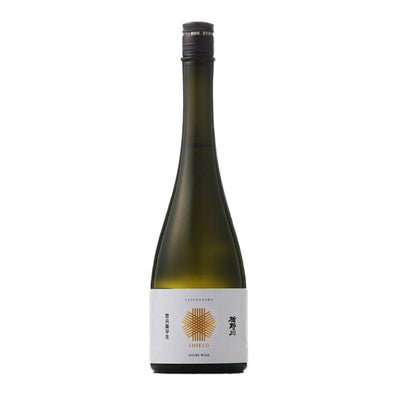Have You Ever Been to Iwate Prefecture?
Iwate Prefecture is located in the northern part of the Tohoku region. Its size is second only to Hokkaido, which boasts the largest area in Japan but also the lowest population density of any prefecture on Japan's main island, Honshu, making it the perfect place to get off-the-beaten path in Japan. It a rural prefecture known for its scenic beauty of rugged coastlines, soft pink cherry blossom trees, and historical temples.

If you have ever visited Iwate Prefecture, you have probably visited scenic spots such as Jodogahama Beach which is listed as one of the best beaches in Japan, Geibikei Gorge with its bright greenery in spring and summer and foliage in autumn, and seen the breathtaking views of steep Kitamiyazaki cliffs.
Iwate is also known for its unique local cuisine, which is dominated by a variety of noodles dishes. You might have challenged yourself to eat as many wanko soba (little bowls of soba noodles) bowls as possible, had the refreshing Morioka Cold noodles, or Morioka Jaja noodles, udon-like flat noodles served with a miso-meat sauce and topped with cucumber and garlic. While enjoying these dishes, might have also tried sake from Asabiraki, which is the largest brewery in Iwate. You can also try Asabiraki sake at the convenience of your home, and we have the perfect recommendation, which lets you experience the taste of Iwate!

Asabiraki Junmai Ginjo Kanzukuri
Asabiraki Junmai Ginjo Kanzukuri is truly a work of art from the legendary Nambu Toji, sake brewing guild group based in Iwate prefecture for over a hundred years. It is made with a special Kanzukuri (cold brewing) brewing style.
Kanzukuri is the name of a Japanese sake brewing technique that was the main brewing method from 1673 until 1926 and applies to those made in winter when the air temperature is low, which makes it easy to suppress the growth of germs and control the temperature of the mash. Although seasonal brewing is now possible due to industrial technology and air conditioning, it is still desirable to keep the temperature low to allow the yeast to work effectively so it is still used today. It is a hard job for brewery workers, who work from the early morning during winter, and their effort is reflected in the taste of sake.
Asabiraki Junmai Ginjo Kanzukuri has a delicate, not too assertive aroma that rises to the top, and a deep, slow-developing taste. Best served chilled for experiencing the true flavor, however if you would like to see a bit more of the acidity and dryness, it also works well warmed up a little (around 40-45°C).
















Leave a comment